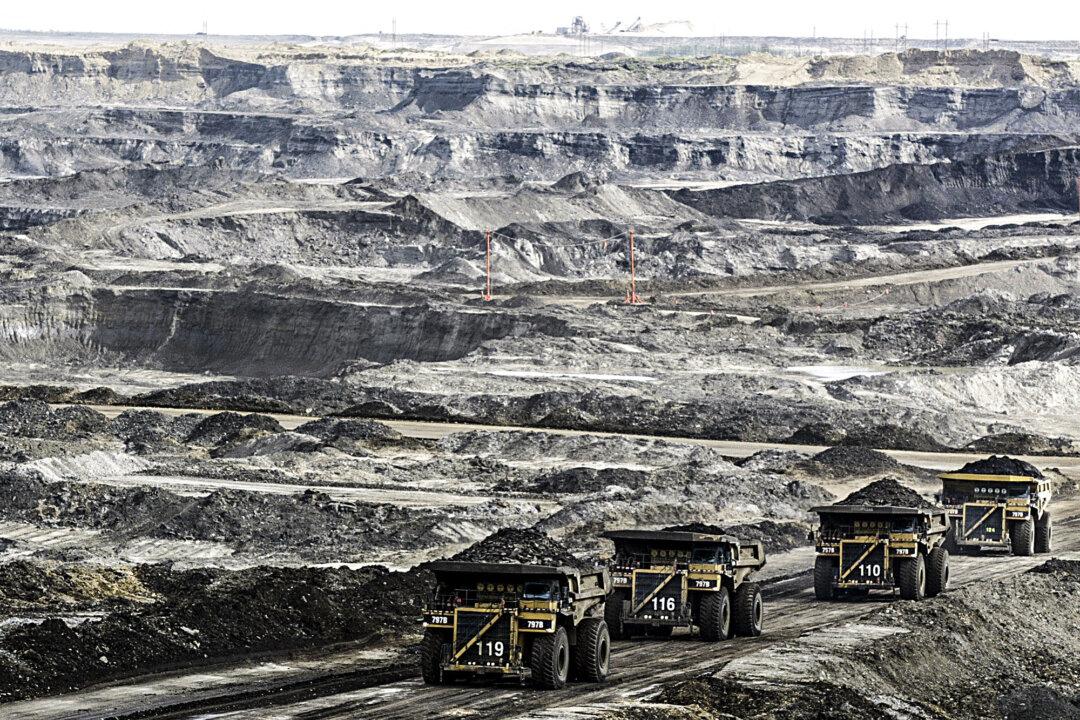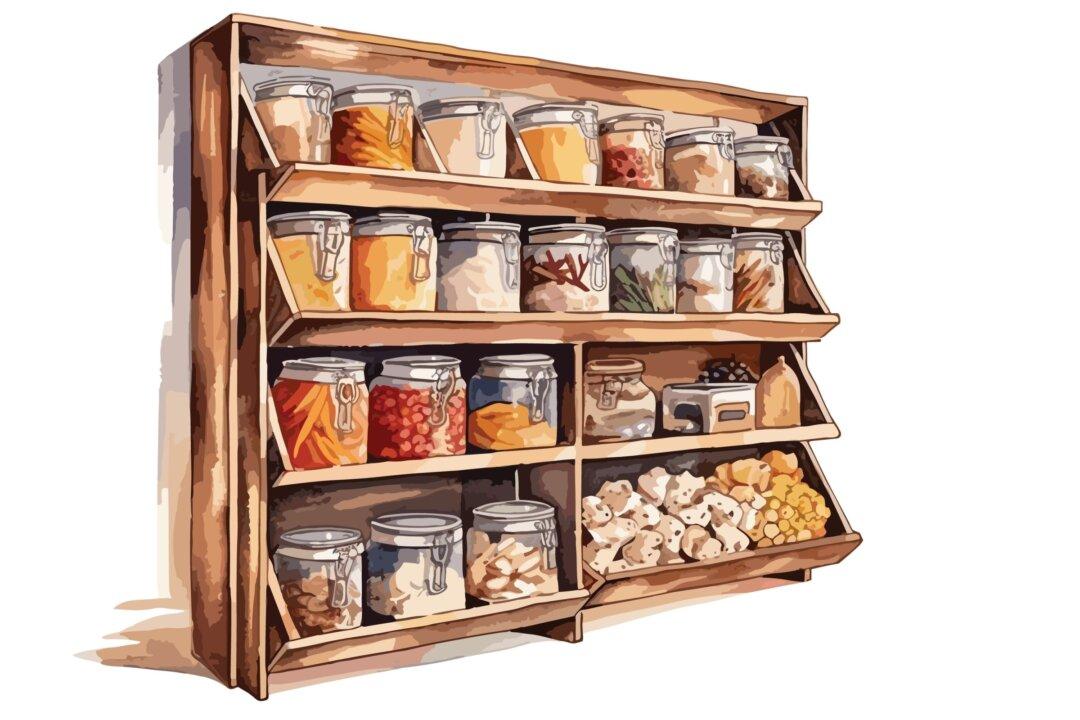The good old days of investors pouring money into greenfield oil sands projects in hopes of tapping decades’ worth of oil are likely gone, despite whatever production cuts OPEC eventually makes, according to several analysts.
The long-term nature of oil sands projects requires big money up front for steady returns over potential decades. But with shale oil projects in the United States offering almost immediate returns, any prospect of new oil sands projects seems unlikely, say analysts such as Jackie Forrest, vice president of energy research at ARC Financial Corp.
“Even if we got high oil prices, there would be a lot of caution because of the concerns around price volatility,” she said.
Instead, the majority of oil sands investments will shift toward brownfield projects, said Forrest. These smaller, incremental investments will expand existing projects and the infrastructure they use to turn oil sands into heavy crude that can be piped.





